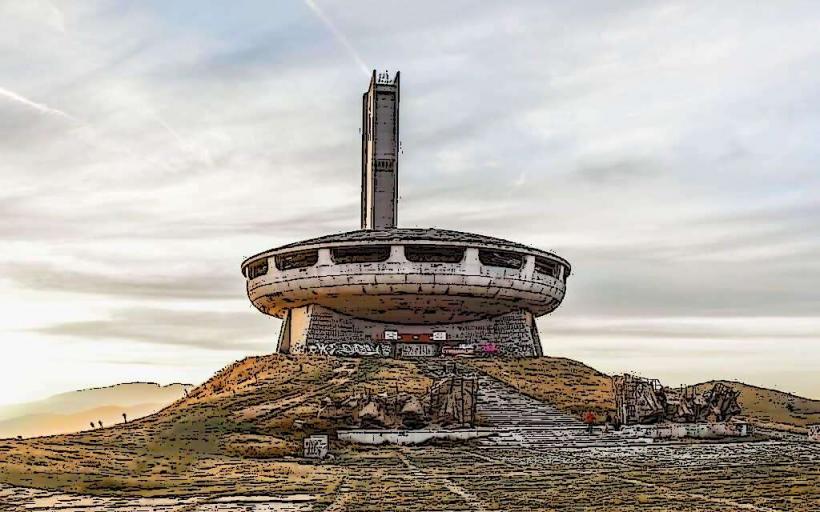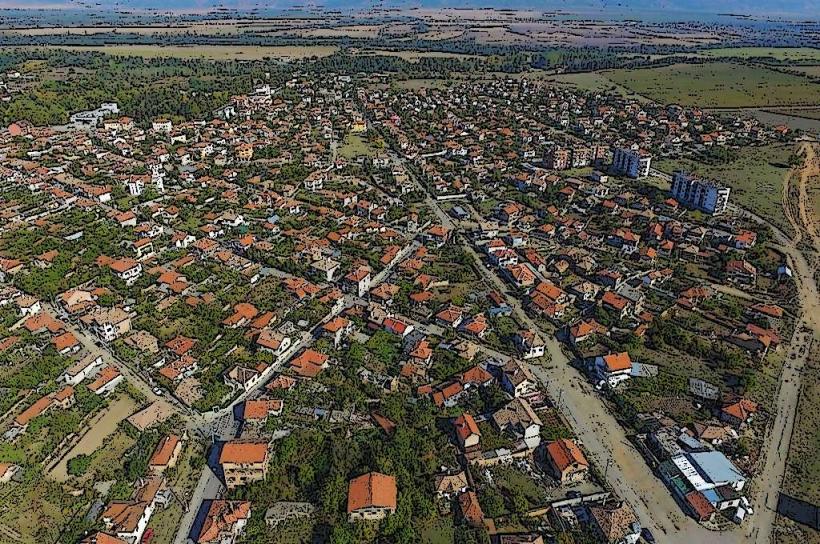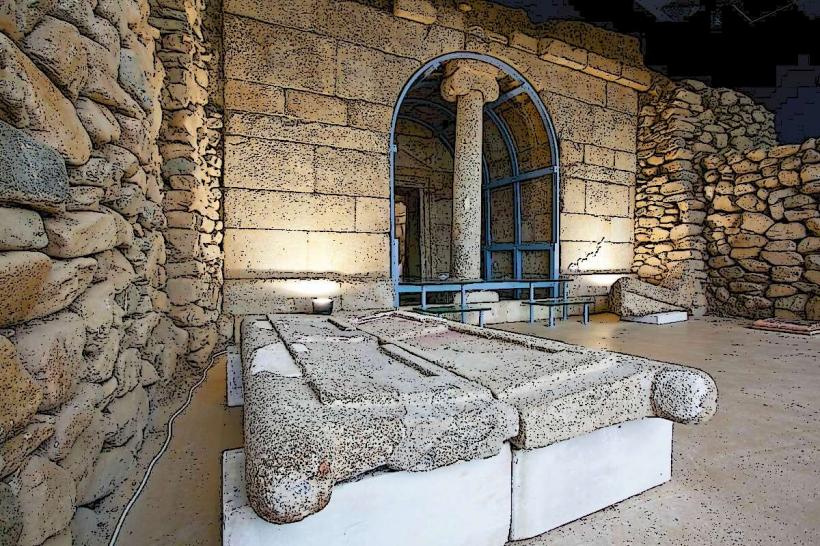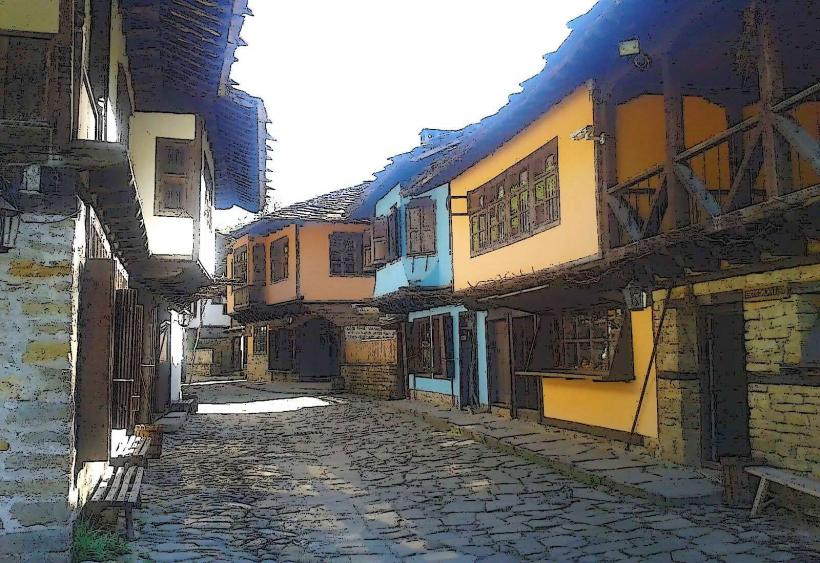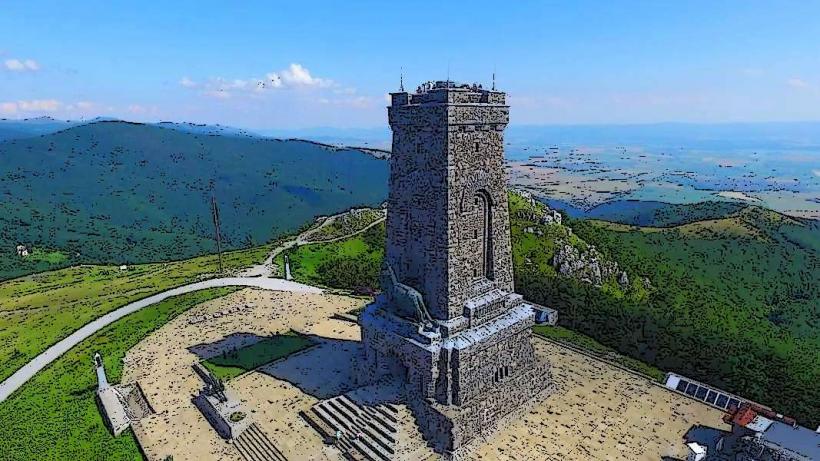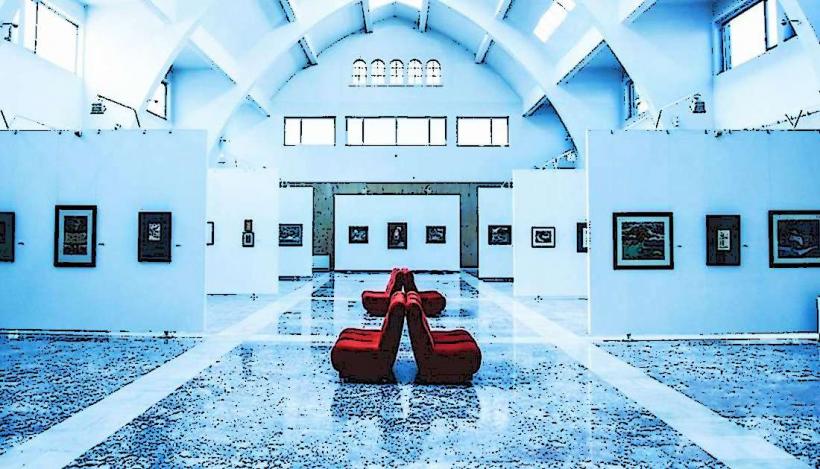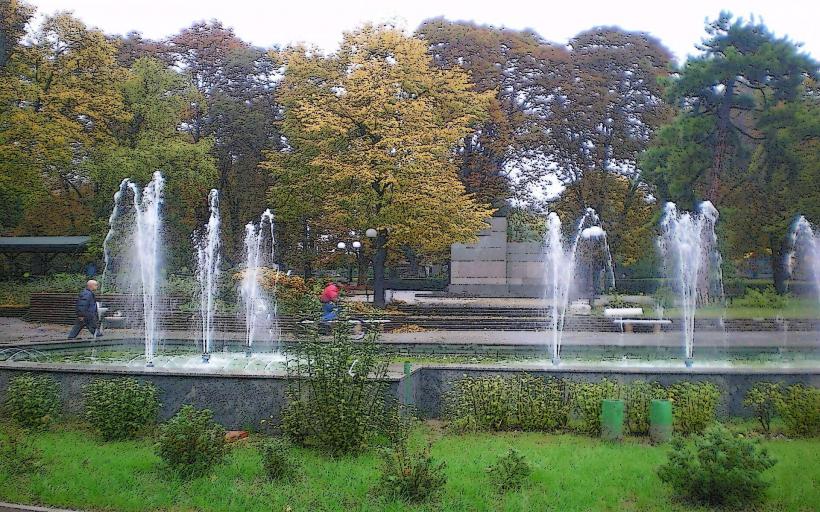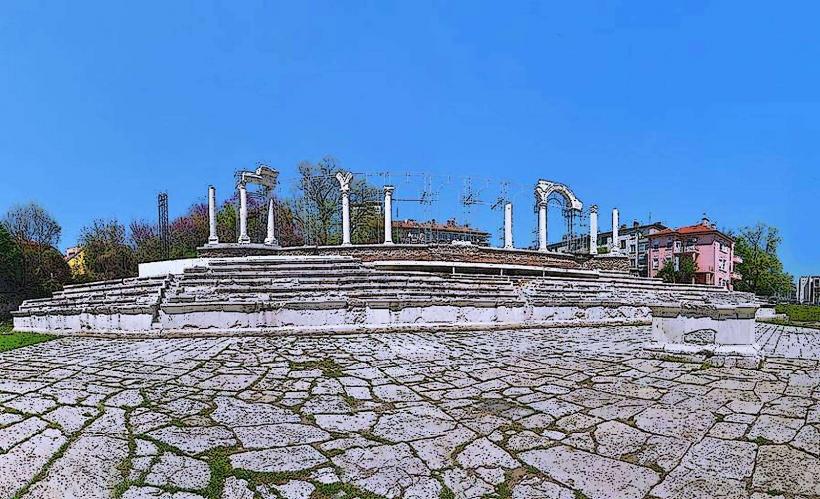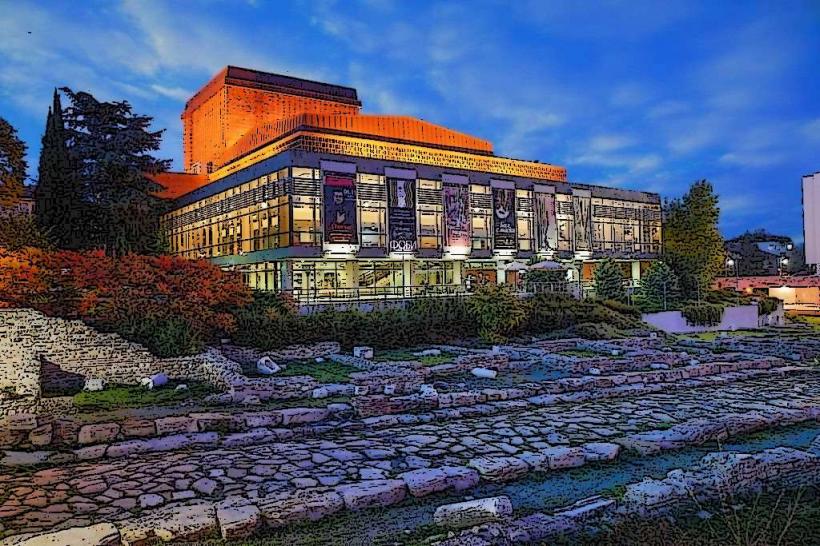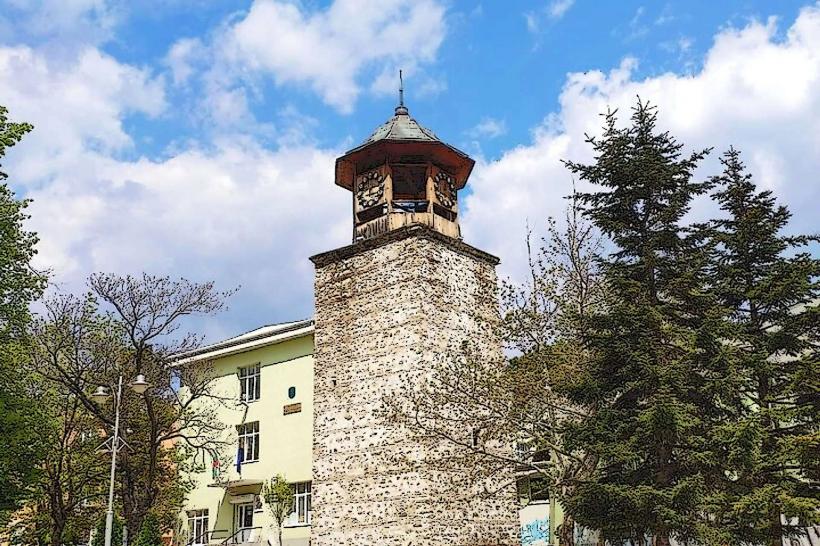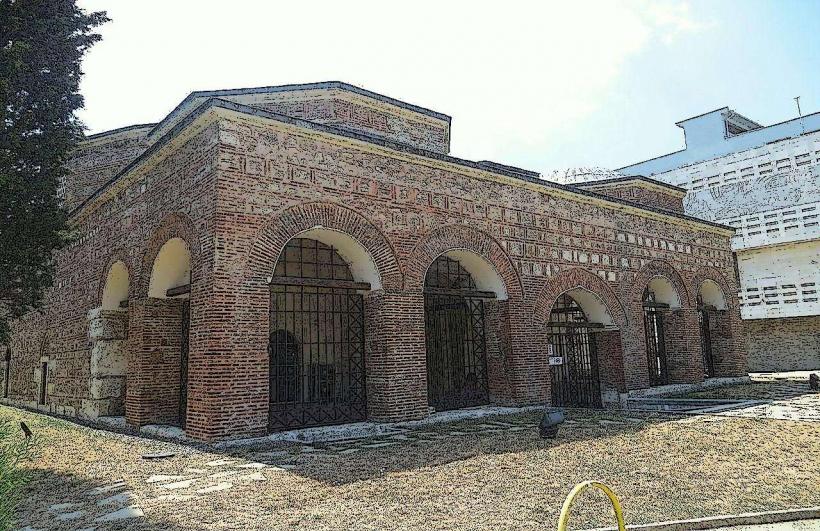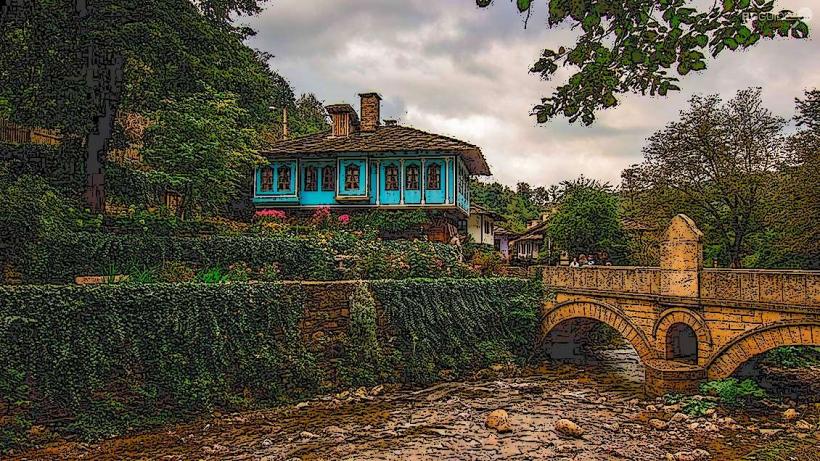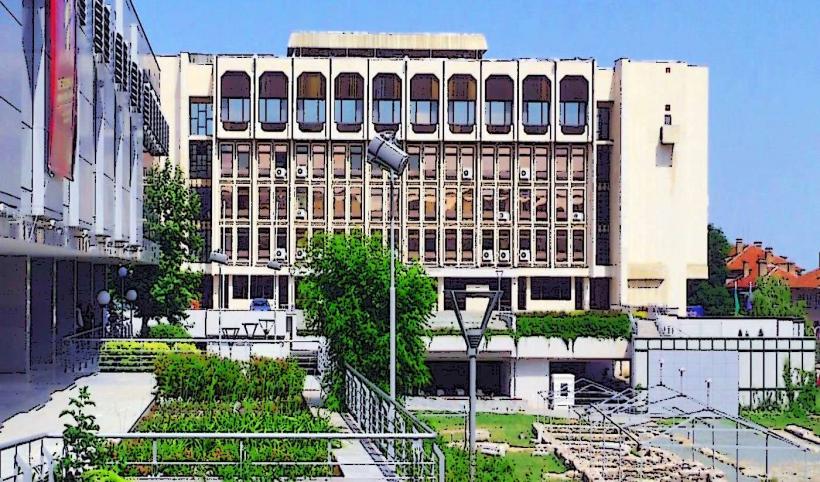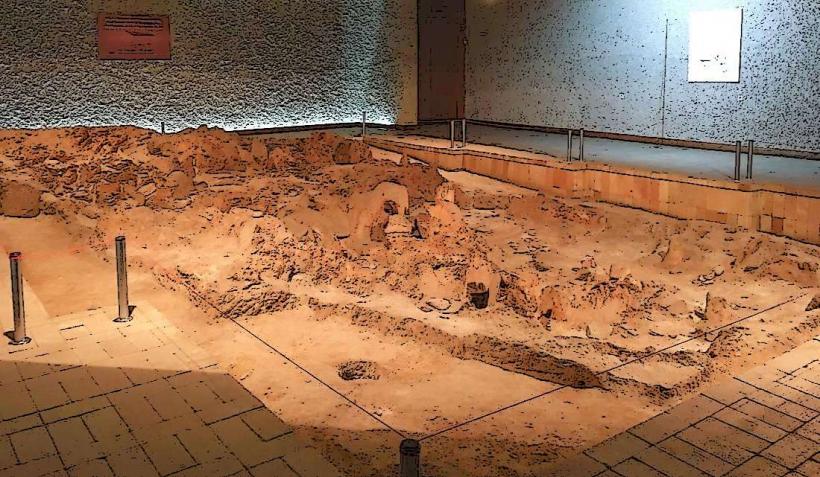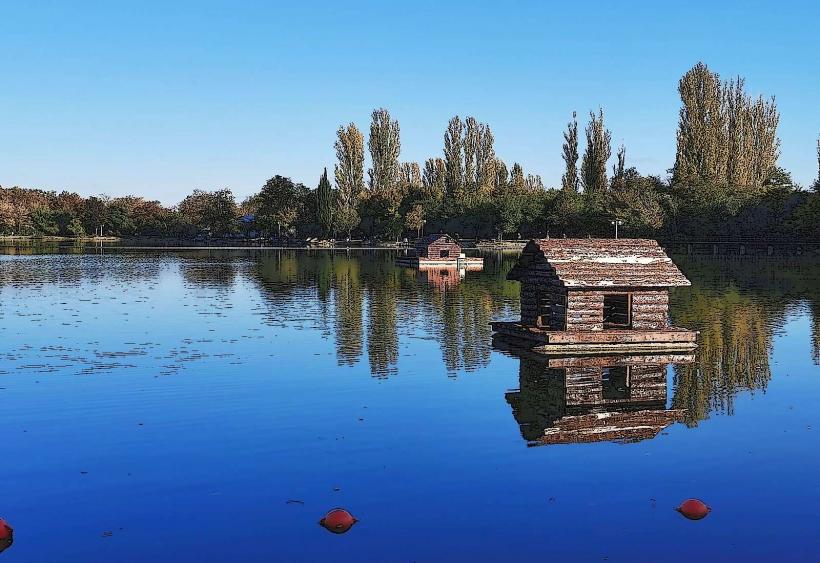Information
Landmark: Thracian Temple of Golyama KosmatkaCity: Stara Zagora
Country: Bulgaria
Continent: Europe
The Thracian Temple of Golyama Kosmatka is an important archaeological site located near the town of Kazanlak, in central Bulgaria, within the Valley of the Thracian Kings. It is one of the most significant Thracian temples discovered in the region, reflecting the advanced religious and cultural practices of the ancient Thracians, particularly those from the Getae tribe.
Key Features and Historical Significance:
Construction and Purpose:
- The temple was built during the 3rd century BCE, most likely by the Thracian ruler Seuthes III, who is believed to have been buried nearby in the Golyama Kosmatka mound. The temple served as a religious center, likely dedicated to the Thracian gods and functioning as part of a larger ritual complex associated with the Thracian royal tomb.
- The temple is believed to have been part of a sacred hilltop complex. Its layout includes stone slabs, altar areas, and ritual spaces, suggesting it was used for ceremonial purposes such as sacrifices and offerings to the gods.
Archaeological Discoveries:
- The site has been excavated extensively since the early 2000s, revealing important findings, including ceremonial objects, pottery, and inscriptions. The Golyama Kosmatka tomb nearby, which is one of the best-preserved royal Thracian tombs, is directly linked to the temple complex.
- The tomb contained golden items and precious artifacts, many of which are now housed in the National History Museum of Sofia. These artifacts provide valuable insight into the cultural and religious practices of the Thracian elite.
Architectural Features:
- The temple itself is built of large, precisely cut stone blocks. Its construction is reminiscent of the ancient Greek and Hellenistic influences on Thracian architecture. The temple was likely an open-air structure, with the altar at the center, surrounded by a columned area where rituals were conducted.
Cultural and Religious Significance:
- The Thracians were known for their complex religious beliefs, and the Golyama Kosmatka temple is a key piece in understanding their worldview. The site reflects the importance of astronomy, mythology, and the royal cult in Thracian society. It’s possible that the temple was connected with the worship of solar deities, which was central to the Thracian belief system.
Tourism and Legacy:
- Today, the Golyama Kosmatka site is part of the broader Valley of the Thracian Kings, a UNESCO World Heritage proposal area, attracting both archaeologists and tourists interested in Thracian history. The site’s discoveries help shed light on the sophisticated culture of the Thracians, one of the ancient world’s most mysterious civilizations.

